You’ll find tons of books related to topics “How to speak in Public”, “How to Win Friends”, “How to read books” but many are obsessed with the question “How to read jungles”. Its essential to know more about “Jungle-Craft” to make your wildlife safari a memorable experience and a great learning.
Here are some special tips for those who are interested to go for wildlife safaris in jungles:
What is Jungle Craft :
The art of reading jungle is also called “Jungle-craft”. Whenever you are out to explore sanctuaries, you come across innumerable rare species and amazing experiences.
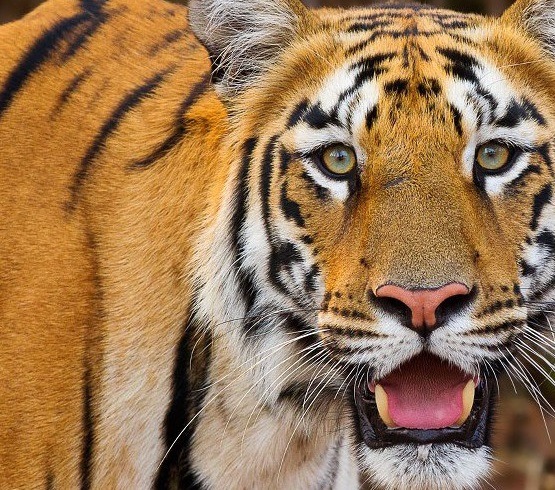
We put meaning to it according to our knowledge and level of understanding. But just deciphering or searching something new is not Jungle-craft. Finding the correct meaning of all that is discovered is called jungle-craft. A forest is made up of many factors. These include innumerable species of plants and animals. These factors are interrelated to each other. Sometimes we can easily see those relations but many a times they are invisible. Finding these correlations is also a part of Jungle-craft.
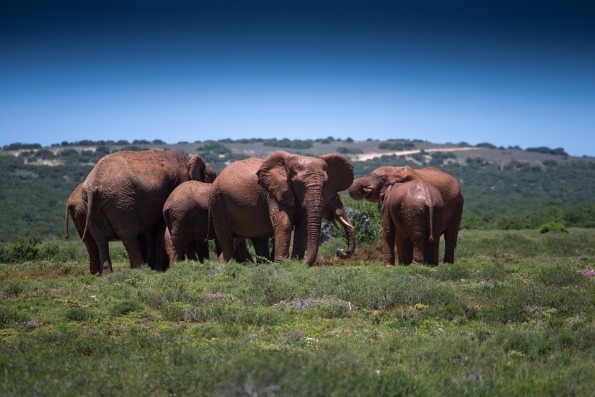
Observation and identification:
Plants in the forest include trees, climbers, creepers, bushes, grass etc. The observation of these factors is easy and convenient as they cannot walk or run. But observation of living factors is the most attractive and most difficult thing for a Wildlife enthusiast. Living factors walk, run, fly, hide and hence observing those make any wildlife lover happy. But you need thorough knowledge of Jungle Craft to identify and decipher those things properly. The signs and signals of many animals are amazing. To correctly interpret them is known as Jungle Craft.
Observation forms the most important part of Jungle Craft. Your Jungle Craft cannot be started without it. The more a Wildlife observer is enthusiastic and pays attention to the minutest things, the more he can see the essential things required for Jungle Craft. This art cannot be imbibed just by reading books. Rather it is not an art which can be learnt by just reading. The more a Wildlife enthusiast ventures in the sanctuaries, the more proficient he can become. Essentially, he must also have some prior knowledge of some factors without which one will find it very difficult to understand anything in the forest. Jungle craft becomes easier and enjoyable when you are accompanied by a Wildlife expert, guide or a Naturalist.
Where can Jungle Craft be done:
This art of Jungle-Craft is not limited only to forests or sanctuary. It can be practiced at lakes, dames, barren farmlands, water-bodies, gardens, and grounds etc. where living species inhabit. So whenever you go there to observe wildlife, Jungle-craft comes in handy. Still, forests and sanctuaries form an important factor of Jungle-craft due to different things found there. Wild animals, birds, insects, butterflies, nocturnes, reptiles and many more living creatures inhibit here and they have impressions all the sanctuary. The task of searching for those can be efficiently done in the forests only.
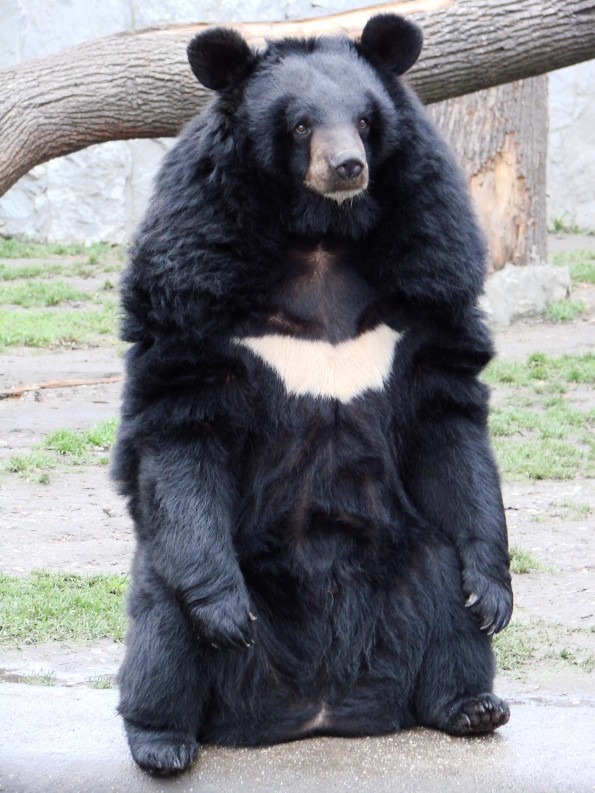
Importance of Jungle Craft :
A Wildlife observer has many benefits and uses of Jungle-craft. A jungle is an open book. It has inscriptions in the form of footprints of wild animals, designs of barks of trees; there are ditches and linings all over. A first time wildlife enthusiast is just awed to see this amazing language. Every Wildlife observer tried to interpret those signs and signals that he finds in the sanctuary based on this knowledge and level of understanding but doing it correctly is important. Based on those interpretations he becomes an indirect witness to the incidences that have happened at those particular places. He considers those notations for his further observations. Perfectly applying jungle-craft gives correct direction to the observations. This factor is very important in study of wildlife. A wildlife expert can find those things which are not clearly visible with the help of Jungle-craft. Sometimes the language of Jungle-craft is so complicated and mysterious that interpreting it properly becomes tough. It can sometimes require a lot of time too but an Expert can just see and interpret it in no time.
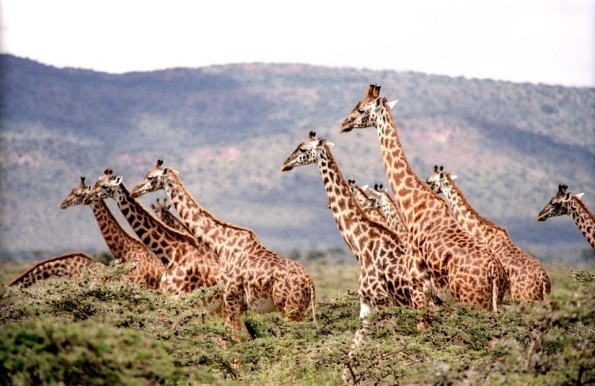
Types of Jungle Craft:
There are different types of Jungle-craft. You have to use the means depending on which part you are planning to do it at. It can be done by walking on foot throughout the sanctuary or by using a two/four wheeler or by Ariel. The most preferred means is to use a two/four wheeler so you can navigate over large distances in less time. This is a convenient where you are required to cover large distance everyday but it’s a bit costly. There is also a chance of missing footprints on the way, nail markings on the tree-trunks, tiny animals, birds, and insects because you are speeding though the sanctuary. Many a times, the wheels of your vehicles can rub off the footprints on the way.

Practicing Jungle Craft:
The best way to practice Jungle-craft is by walking through the sanctuary. As we proceed slowly, we can observe the entire surroundings for signs and signals of wildlife present. There is very less chance of missing something on the way. If you see anything you can just stop walking immediately. We can just go near the signs or markings and observe it for whatever time that is required to interpret them. We also have plenty of time by our side. But this has some restrictions in the current scenario.
Forests and many a species are becoming extinct due to hunting of wild animals, deforestation, cattle grazing which disturbs the ecosystem. The government has therefore declared many a forests as Tiger Reserves, Sanctuaries, National Parks to protect them and the wildlife inhabiting them. Common people may not be allowed to venture in such protected areas. But wildlife enthusiasts and researchers may be given permission to enter on certain terms and conditions. Walking of foot is banned in many sanctuaries now to protect wild animals from people and vice versa but some of the sanctuaries have “nature trails” where people are allowed to walk in those fixed paths. When you have to go in certain area, permission of Forest Officer of that particular area is mandatory. When you enter, you just see trees everywhere, its just deceptive. You can easily get lost in an unknown forest. Hence it is very important to take a local guide along. Such local guides mostly stay in or next to sanctuary and they show you not only paths, water bodies, brooks etc. but also share you interesting knowledge about wildlife, trees, birds and anecdotes about the forest. They have a huge store of information with them since they are constantly wandering in that forest itself. You are equipped with all the necessary things required to study and practice Jungle-craft whenever you go around with them. Such local guides know caves where animals take shelter at, (kharmatiche chatan) (lotan). This information proves very useful in observation of wildlife. You can take along a Naturalist or Wildlife Expert if you are interestd in scientific knowledge about wildlife. They can tell you scientific names of all factors, details about where they are found, incidences, population, counting of those animals and how it is done. Like the famous maxim, there is no knowledge without a teacher, the art of Jungle-craft is incomplete without a Wildlife Expert or Naturalist to guide you. Having such Expert alongside when you makes understanding these all factors easy for you.
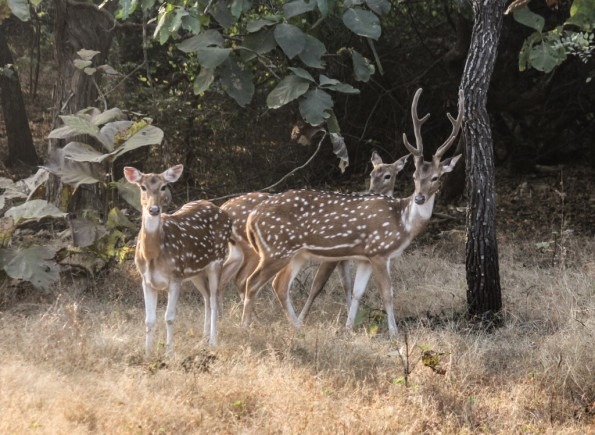
Preparation for Jungle Craft :
Jungle Craft is the most important skill for any Naturalist or Wild Life Expert. One cannot enjoy the safari or forest trail without ample skills of Jungle Craft. Once you are in the Forest, you can start with Jungle Craft from anywhere. But you need to be prepared for that. It is primary to have some of the basic equipment with you without which you may face difficulties in Jungle Craft. This equipment is a must and you have to carry it throughout your visit in the forest. It comes handy anywhere and everywhere.
Things to carry:
When heading for Jungle Craft, you have to have a bagpack with you. You can carry all your stuff in this bagpack and your hands are free to hold any objects which you encounter. The color of this sack has to be preferably green- khaki or any dark shade. When you embark on such Jungle Craft, you cannot exactly estimate how far you will have to walk and for how much time. So it’s important to always keep a water-bottle in your sack. We sweat a lot in summers and may get dehydrated. An electoral powder sachet is hence another thing you should carry along. You can also get hungry along the way. Biscuits and other snacks should be packed for this. Other tools include a compass, microscope to observe minute objects, a tape to measure the foot prints of animals, diary to note everything, pen, sketch pen, small plastic bags to collect specimens, goat- droppings etc.
We see a lot of minute things along the trails like tiny insects, spiders, droppings of animals and birds, eggs of butterflies and insects etc. A microscope proves to be very useful in observing these objects. Hair in the feces of carnivores, remains of insects are also clearly visible through microscope. Very tiny objects like the eggs of butterflies look so amazing when you watch it through a microscope! Footprints f tigers, leopards, etc. are found in a lot of places in forests. We cannot decipher the height and length of that animal without measuring the footprints of them. This is done with the help of measuring tape which we carry in our bagpack. Sometimes, it’s difficult to identify that the droppings which are similar but not that of goats so we have to collect those and bring it to a Naturalist or Wild Life Expert who can tell us more about it. Many a times we might have to collect the feces of tiger as well. For this, always carry a packet which has a top opening. With a permanent parker, we write the place, time, date of where that sample was found on it. Sketch pen and tracing glass are used to get the tracings of footprints of tigers and leapords. And to record all this, we need a notebook and pen. In addition to all these, always keep a torch, pocket knife and a map of that forest with you.
Using Binoculars in Jungle Craft:
When we go on Jungle Craft, the animals and birds appear to be very far away. To identify them we have to watch them properly. Without a binoculars it is never possible. Always keep good binoculars hanging around your neck. With this, you can closely observe the birds and animals without having to disturb them by actually going near them. Binoculars are best used through a machaan or a hideout. By observing without disturbing them, you can continue this of quite a long time and since you don’t go near them, the animals don’t run away. It’s the best way to study their natural instincts and beaviour. Varous types of binoculars are now available. Out of all those, 8×30, 7×35, 8×40, 10×50 are most useful for our purpose. For observing wild animals, 7×50 is what I will recommend. If you want to observe distant objects then 10×50, 8×40 suffice the purpose. In general, choose a binocs having field view of minimum 50. It helps to see a running animal or a flying bird. Cost of such binocs cost starts from 3000 INR. You have to shell out a little higher for a good binocs. You can choose the ones according to your budget.
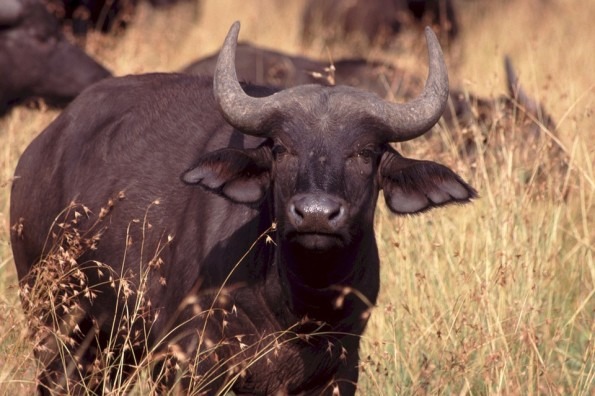
Camera and its importance in Jungle Craft:
Photographing the birds or animals is a great way to identify them. Some times you are not able to identify the bird or animal on the sport, so you can take a photograph of it and then come back and show it to a Wild Life Expert who can help you out. Although camera is one of the most needed tool, it is costly. Such cameras have manual and autofocus modes. Manual camera is used entirely to make your own settings for taking pictures. Autofocus cameras set the shutter speed and aperture based on the current conditions and take photographs accordingly. Such cameras are costlier. Lens forms an important part of cameras. For photographing birds and animals, minimum 300 mm lens is a must. An average camera with good features costs around 20,00 INR. Canon and Nikon are top brands and are most preferred. Macro lens are used for photographing tiny insects and butterflies etc. Now a days, close-up lens are available at a cheaper cost. These can be used to take great pictures on forest trails.
Reference Books in Jungle Craft:
When you are studing the forest, reference books are useful. You can access immediate information about the animals’, its habits, behavior etc. ‘The Book of Indian Animals’ is useful for wild life and “Book of Indian Birds” by Dr. Salim Ali is widely used. For studying butterflies,, books published by ‘World Natural Fund’ is a good one. Observing forest without a good reference book is next to impossible. It is always good to read up about the area that you will be visiting, about the animals and birds you will come across there. You can then easily identify those species when you see them in forest. This will reduce confusion to a great extent and make your experience enjoyable.
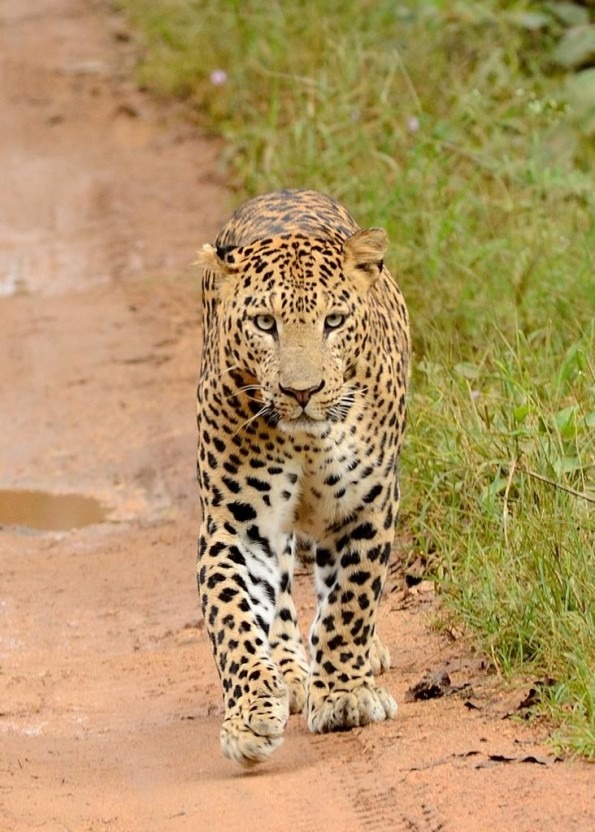
Taking into consideration all these things, we can observe and study forests as a skill which can be acquired. You can follow the motto of “Live and Let Life” when practicing this Jungle Craft!
By
Saurabh Mahadik
Famous Wildlife Researcher, Nature Conservator and Photographer.
He is CEO of Hirwai, an esteemed organisation working in field of Wildlife and Nature conservation
